By Eric P. Harding
Typically, I write this column on the day the magazine goes to print. I write it from my office in Dupont Circle, in Washington, D.C.—that’s where the Academy’s office is located.
Today, I’m writing from my “home” “office”—“office” because I’m ensconced in my basement-level guest room, accompanied by a wheezing, geriatric cat; “home” because these days it’s more akin to an elementary school or a construction zone. My wife is acting as teacher to our first- and fourth-grade sons; their questions and laughter are competing with the power tools and banging from upstairs. We decided to compound the chaos, you see, and are nearing the end of a major kitchen overhaul (necessitated by a leak behind the dishwasher).
I’m writing this column the day before the book goes to print. I’m doing that not because I want to give my designer a coronary from shock, but because producing this issue remotely has been something of a challenge. I’m accustomed to being able to iteratively print out reams of pages, get input from my production manager down the hall, scan them, and send them to my designer. Now I’m marking up PDFs digitally—a fine workaround, but a time-consuming one.
Previously, these might have seemed like serious inconveniences—working in a musty basement, far from my colleagues, next to a wheezy cat, a construction project overhead and an elementary school in a side room. But the changes I’m facing are minuscule compared to the seismic shifts others are experiencing nationally, and globally. It’s important to keep that perspective close at hand amid this period of unprecedented tumult.
Now is the point in my column that I pivot to the features in the issue in your hand. The vagaries of the magazine production calendar are such that these features were commissioned before COVID-19 was anything more than a blip on the national consciousness, so they do not reflect the vast changes that are occurring within the profession and without. But rest assured that we’ll get our arms around the pandemic and its short- and long-term effects in future issues.
On to this issue’s features.
In “Look Before You Leap,” author Adam Benjamin looks at one of the smallest units of time—the second. Specifically, the leap second. That small sliver of time can wreak havoc on international financial markets, cloud computing systems, global navigation systems, and more. Put simply, the Earth’s rotation is slipping out of sync with atomic time—what can be done to fix this pernicious problem? Benjamin delivers an enlightening look at an arcane topic.
According to research cited in “Social Determinants of Health,” up to 50% of health outcomes are attributable to external conditions into which we are born, grow, live, and work, while perhaps just 10% to 20% of outcomes are attributable to medical care. It’s no surprise that policymakers and the health care community have begun to study this enticing strong correlation between SDOH and health outcomes; this feature serves as a useful primer for the topic.
Most readers will be familiar with the opioid crisis in the U.S. In “It’s an Opioid World,” the authors look abroad, performing a useful comparative analysis of several nations and how they are dealing with opioids. The findings may surprise some readers.
In our final feature this issue, “Checking the Odometer on AVs,” author John Divine shares a snapshot of where the U.S. finds itself in 2020 on the road to fully autonomous vehicles. While Level 5 automation—picture a “car” without a steering wheel, or pedals—is still years off, we’re getting closer … and Canada’s approach to liability may prove to be an intriguing model.
I typically wrap up Inside Track with a pithy callback—some clever wordplay from the beginning of the column, maybe, while thanking you for reading. In this new normal, though, I’ll just say this: I hope you and those you love are safe, and healthy.





